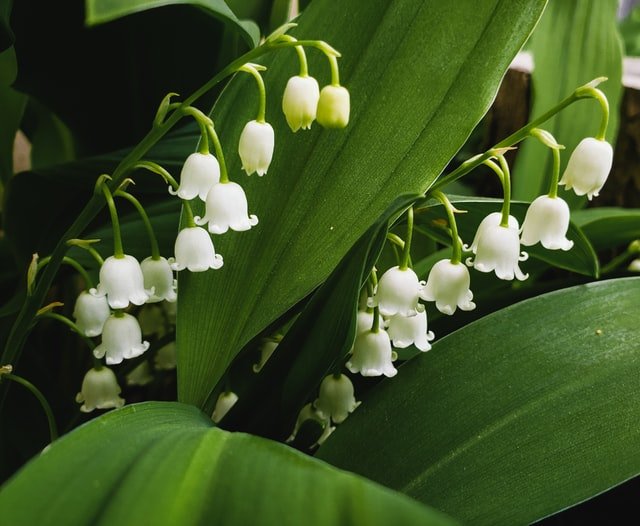
Lily of the valley (Convallaria majalis) is a poisonous plant belonging to the Liliaceae family. Well known for its healing properties on the heart system, thrush is useful in cases of hypotension, headache and palpitations. Let’s find out better.
Properties and benefits of lily of the valley
Lily of the valley flowers have many healing properties and are part of digitalis herbs to be used only under medical supervision.
All parts of the plant contain cardioactive glycosides. Constituents of the lily of the valley plant are saponins, convallamarin, convallaria, convallaric acid and convallatoxin, a glucoside to which most of the medicinal qualities of the plant are due.
Thrush can be used against high blood pressure, headache and tachycardia as it has a cardiotonic, antispasmodic, but also diuretic and purgative action.
How to use
Lily of the valley contains cardioactive glycosides in all its parts, with the exception of the rhizome. It is therefore a poisonous plant to be used under strict medical supervision.
It is used for the medicinal properties of some glycosides such as convallatoxin, convallamarine, convallarine and convallaric acid. Thrush is used in cases of mild and moderate heart failure. With its use, cardiac mechanics are improved with an increase in arterial blood flow and disappearance of venous stasis symptoms.
Thrush-based remedies are designed to slow down and regulate heart contractions without affecting blood pressure.
Contraindications of Thrush
Due to its poisonousness, lily of the valley should never be subject to do-it-yourself treatments. The advice of the doctor is essential and it is absolutely contraindicated to use during pregnancy and breastfeeding.
Description of the plant
Lily of the valley (Convallaria majalis) is a plant of the Liliaceae family. It can reach a maximum height of 20 cm, has an underground stem with a meandering rhizome.
The leaves are pointed light green, the flowers, which bloom in May, are delicate white bells while the fruit is a red berry.
Habitat of the Lily of the Valley
Lily of the valley is widespread in wooded areas and in the undergrowth up to an altitude of about 2,000 meters. It is widespread in Europe, North America and Asia. Spontaneous in the woods of the pre-Alps, it is absent in southern.
Background

Also known as “lily of the valley”, it owes its scientific name convallaria to Lilium convallium (“lily of the deep valleys”), while the word majalis was added by Linnaeus to indicate the month of flowering.






